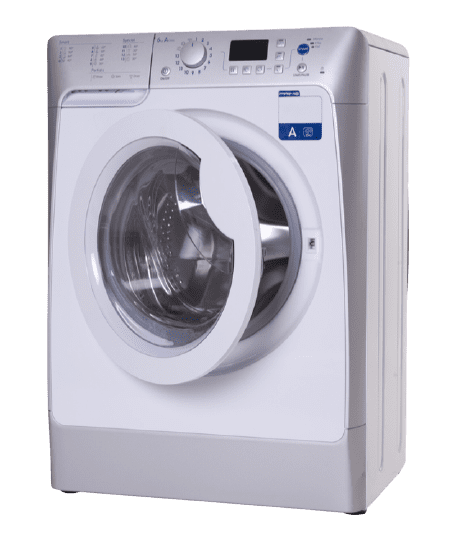Cheaper Filled Polypropylene
Highly filled plastic of calcium carbonate and polypropylene for a cost reduction of over 1 million Euros per year.
Problem
A major appliance company wanted to reduce the cost of one of their main materials, calcium carbonate filled polypropylene (PP). Exercises to make cheaper, more highly filled plastic had been carried out many times in the past, so it was a challenge to improve upon the already heavily optimized material.
Adding more calcium carbonate to the polypropylene (PP) matrix resulted in problems including higher viscosity, which lowered throughput and a reduction in tensile yield strength because calcium carbonate is a not reinforcing. We needed to add more filler without a sacrifice in properties in order to meet the rigorous materials specifications.
Action
Usually, improvements in compounds are tedious because multiple compounding trials are needed. That takes money and time, plus it generates scrap. By creating a new lab rapid-screening test we were able to optimize the formulation quickly with very low cost and no scrap. Once that was completed, the new formulation was manufactured in the lab and subsequently, that optimized material was transferred to the factory for final verification. In fact, waiting to get access to the production extruder was one of the most time-consuming parts of the project. Because the extruders ran at full capacity, we were forced to wait for scheduled maintenance over the Christmas holidays.
Solution
By using the correct additives in the right amounts we were able to add more filler to the polypropylene compound for an estimated saving of over 1 million Euros per year. The main hurdle was to understand and overcome unanticipated additive interactions.
Later projects on highly filled plastic concentrated on mineral filled flame retardant cable formulations where 60% or more of ATH, MDH or other mineral is used. The challenge there is to retain elongation to break and yield strength at such high filler amounts. Some key parameters to consider are particle shape, size and surface treatment.
Learn more in the Free Training and Tools Section where thousands of dollars worth of training videos can be viewed free of charge. The books shown below are also recommended for further information.


